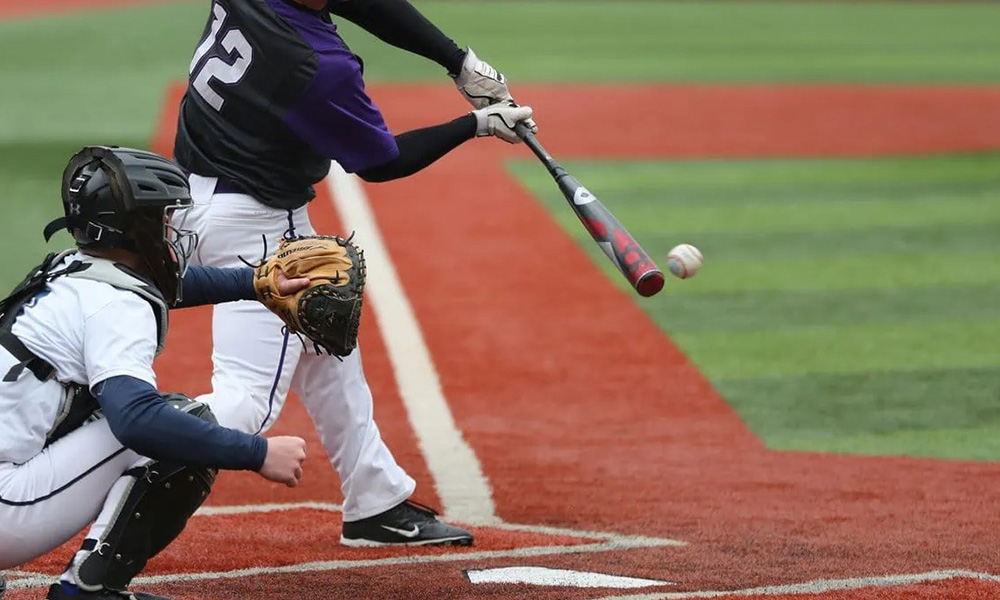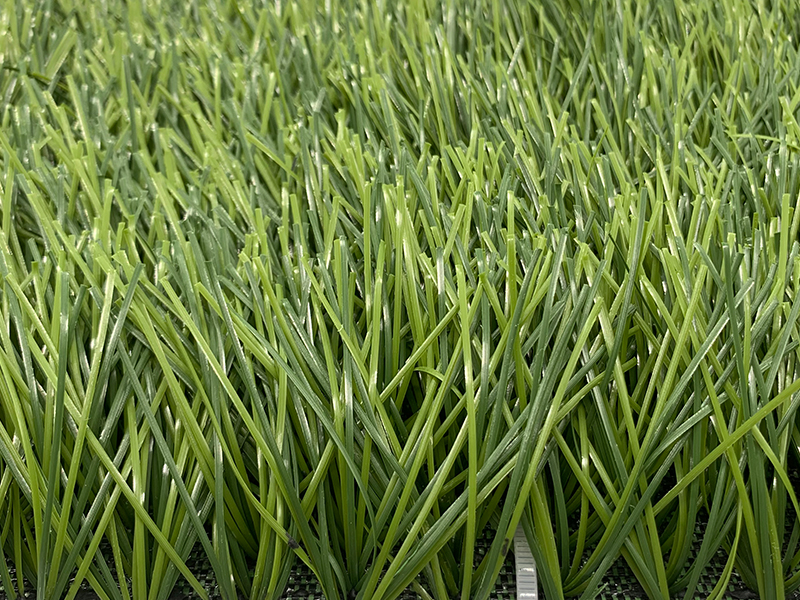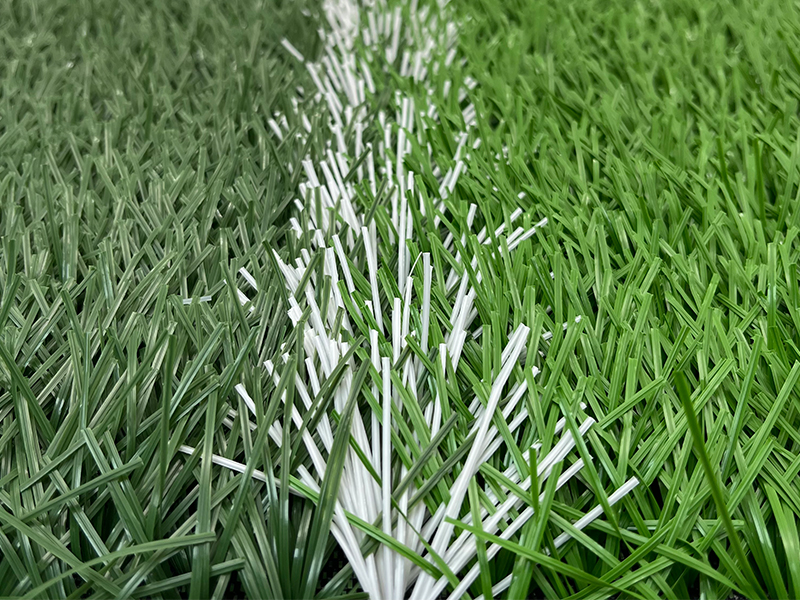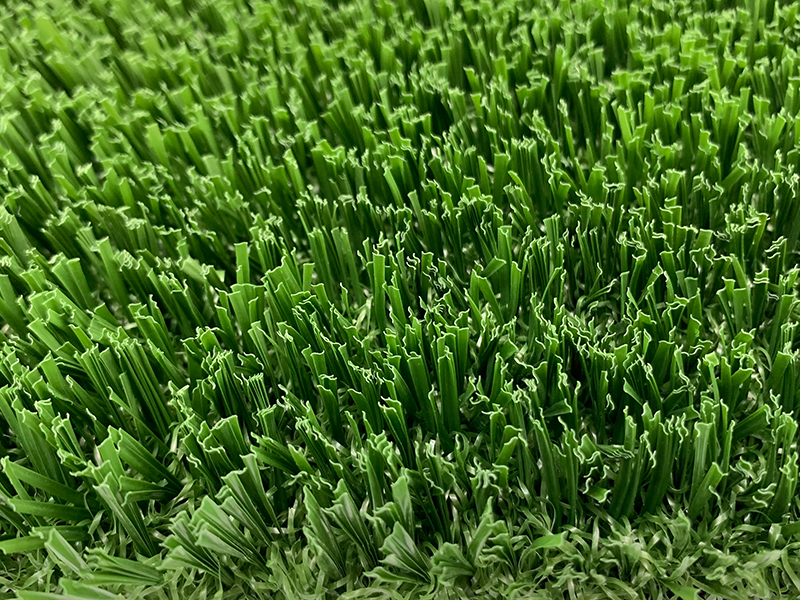Can cricket be played on artificial grass?
Can cricket be played on artificial turf?
When you stand on a green artificial turf, you may ask yourself, is this kind of field suitable for playing cricket? The answer is yes. Cricket is a sport that requires a flat, medium-hard surface, and artificial turf meets these requirements. Today, many clubs and stadiums choose artificial turf to replace natural grass to provide a more stable and durable playing environment.

The impact of artificial turf on cricket
Artificial turf is usually made of high-quality synthetic fibers and fixed on a solid foundation. The effects of this structure include:
More stable ball rolling trajectory
Compared with natural grass, the flatter degree of artificial turf is higher, which allows the ball to roll more smoothly, reduce irregular bounces, and improve the quality of the game.
Predictable ball bounce
Due to the uniformity of the base layer, the ball bounces more steadily when it contacts the ground, allowing batsmen to judge the ball path more accurately.
Reduced maintenance needs
Natural grass requires frequent mowing, watering and fertilization, while artificial turf has lower maintenance costs and is suitable for cricket fields with high frequency of use.
Why is artificial turf better suited for cricket than natural turf?
1. In terms of performance
In cricket, the outcome often hinges on minute differences. The pitch surface affects factors such as bounce and speed, and natural grass has long been considered the gold standard, offering both a traditional playing experience and excellent responsiveness. However, natural grass also presents significant uncertainties.
Natural grass pitches can reproduce realistic spin at a professional tournament level, but require professional preparation before matches, and their condition is subject to change due to weather and maintenance.
Artificial turf pitches offer stable bounce and speed, making them suitable for daily training. They are resistant to various weather conditions, reducing the impact of weather on match performance, making them ideal for practice.
2. In terms of security
The safety of tennis court turf is crucial to players' experience and injury risk.
Natural grass is highly susceptible to weather conditions; it easily becomes slippery due to rain, and daily use can cause uneven wear and tear, increasing the risk of sprains. Uneven wear also contributes to surface irregularities.
Artificial tennis courts offer high stability, a smooth surface, and rapid drainage. They lack the potholes and bumps common in natural grass, preventing sprains and falls during rapid movement, making them particularly suitable for youth and amateur players.
3. Regarding the weather
The weather adaptability of a tennis court's turf determines its usability and safety.
Natural turf doesn't experience scorching heat and offers greater comfort than artificial turf. However, it easily accumulates mud and becomes unusable after rain, resulting in extremely low usability.
Artificial turf is highly rain-resistant, does not accumulate mud, and its performance is unaffected by the duration or amount of rainfall. It is also drought-resistant, never drying out. Its surface flatness and elasticity remain stable, and it doesn't experience increased hardness or decreased cushioning due to drought.
Advantages of UNIGRASS cricket grass
For cricket, choosing the right artificial turf is essential. UNIGRASS cricket grass is specially designed for cricket and has the following advantages:
1. Durable and Wear-Resistant
UNIGRASS cricket artificial turf uses high-density synthetic fibers, maintaining stable performance even under high-intensity use, such as youth leagues and daily training, with a lifespan far exceeding that of ordinary artificial turf.
2. Moderate Ball Speed and Rebound
UNIGRASS cricket artificial turf avoids excessive ball speed while providing moderate rebound close to natural grass, meeting the "realistic" requirements of training scenarios while avoiding the performance fluctuations of natural grass.
3. Weather Resistance and Climate Adaptability
UNIGRASS cricket artificial turf adapts to various climates: it drains quickly in rainy weather without water accumulation or mud, resists cracking in dry seasons, and maintains stable performance in high or low temperatures. This means fewer training/match cancellations and maximizes the year-round utilization of the field.

Future Development Trends of Artificial Turf Cricket Fields
With technological advancements and material innovations, the application prospects of artificial turf in cricket are expanding:
1. Hybrid Turf
Combining the advantages of natural and artificial turf, it maintains the feel of a traditional cricket field while improving durability and stability.
2. Adjustable Hardness System
By adjusting the hardness of the base, ball speed and bounce can be optimized for different game types (such as youth, amateur, or professional), providing the best experience for all types of players.
3. Intelligent Monitoring System
Future smart turfs may have built-in sensors to monitor ball speed, bounce, and ball trajectory in real time, providing data support for coaches and improving the scientific nature of competition and training.
4. Sustainable Materials
New environmentally friendly materials and recyclable artificial turf fibers are being developed. These not only reduce environmental impact but also extend the lifespan of the turf, providing a green solution for cricket field construction.
Modern artificial turf fully meets the needs of cricket and may even surpass natural turf in some aspects. As technology continues to advance, artificial turf will bring more innovation and convenience to cricket, allowing more players and clubs to enjoy a high-quality, all-weather playing experience. Whether for professional matches or amateur entertainment, artificial turf is becoming a new choice for cricket fields.






